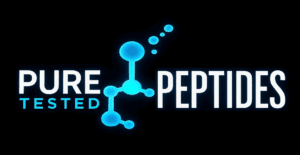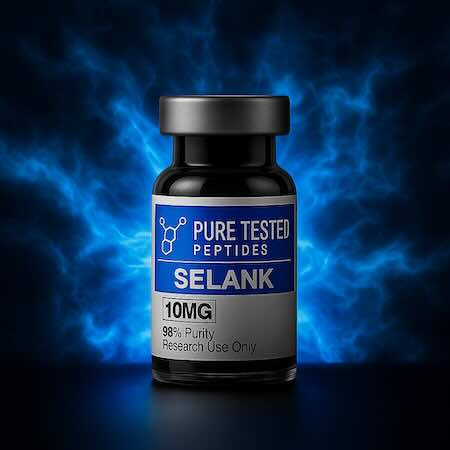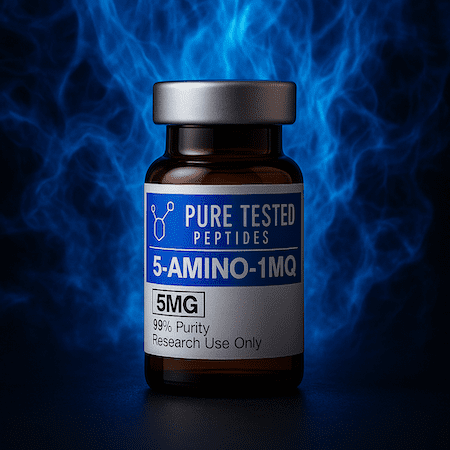Longevity Peptide Research — Risk & Reproducibility
This page continues our laboratory overview of peptides researched for longevity purposes. The focus is on study design, measurable endpoints, and how small sequence‑defined compounds can help interrogate aging pathways without making dietary or medical claims. For laboratory research only; not for human consumption.
Core longevity keywords explored here include documentation, SOPs, bench hygiene as they relate to healthspan and research endpoints.
Mechanisms & Pathways
Longevity science touches mitochondrial function, extracellular‑matrix maintenance, immune balance, and cognitive vitality. Peptides offer modular levers for probing these systems under controlled conditions, allowing repeatable pulse‑style and block‑style experiments.
Mitochondrial resilience is often evaluated with oxygen‑consumption measurements and AMPK‑linked readouts; ECM integrity is observed through collagen markers and functional movement screens; immune set‑points are tracked via cytokine profiles; and cognitive vitality relies on validated behavioral batteries.
Key peptide research tools referenced on this page include: MOTS‑C, 5‑Amino‑1MQ, GHK‑Cu, CJC‑1295, Ipamorelin, BPC‑157, TB‑500, Dihexa, KPV, Epitalon.
Example Research Stack Concepts
• Metabolic & mitochondrial track: Assess adaptations with assays while studying MOTS‑C and 5‑Amino‑1MQ.
• ECM & recovery track: Explore tissue‑environment markers alongside BPC‑157, BPC‑157, and TB‑500.
• Endocrine rhythm track: Use time‑structured, pulse‑style protocols with CJC‑1295 and Ipamorelin while tracking sleep architecture and next‑day performance.
• Cognitive & stress‑adaptation track: Pair validated learning proxies with Dihexa and include standardized attention metrics.
• Barrier & inflammaging track: Observe epithelial and inflammatory balance with KPV and examine systemic markers that reflect calmer baselines.
• Genomic maintenance & rhythmicity: Historical work referencing Epitalon motivates study of rhythmic cues and maintenance pathways.
Methods & Measurement
Define endpoints before intervening. Use randomization where feasible, tighten environmental controls (sleep windows, photoperiod, feeding schedule, ambient temperature), and document materials and SOPs for reproducibility.
For mitochondrial tracks, pair interventions with respirometry or surrogate metrics; for ECM work, include collagen‑related biomarkers and functional movement screens; for immune balance, use cytokine panels and symptom logs; for cognitive tracks, use validated computerized batteries and consistent timing.
Periodize inputs to match biological rhythms—short blocks, washouts, and pulse timing often reveal signal that constant exposure obscures.
All compounds are for laboratory research only. Not for human consumption.









